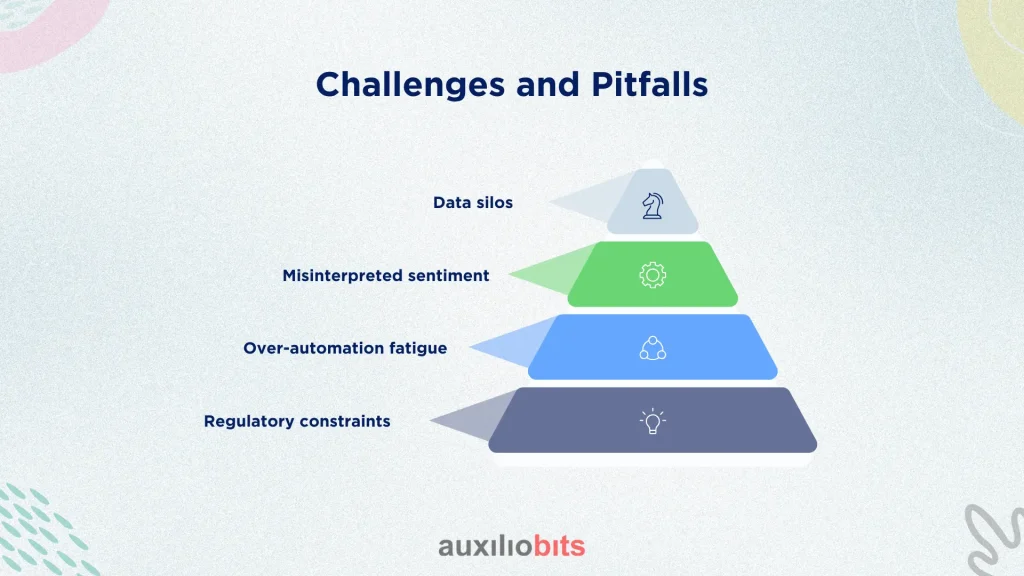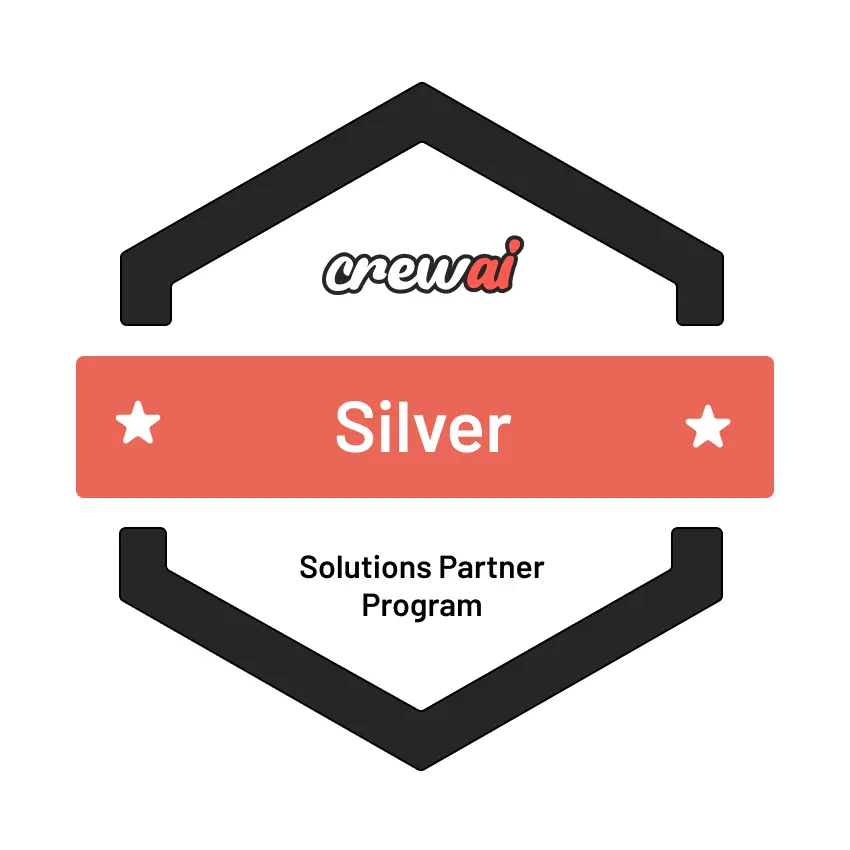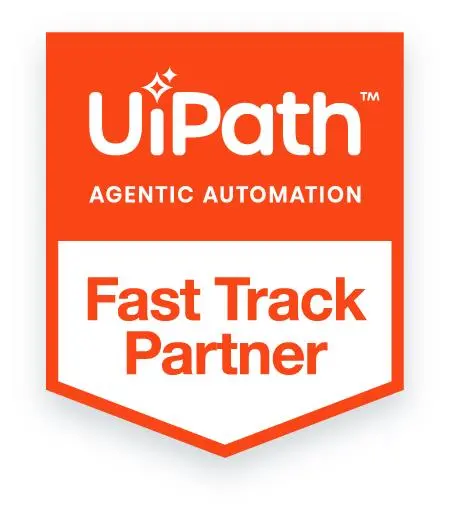
Key Takeaways
- Adaptive survey agents evolve questions in real-time based on prior responses, resulting in higher completion rates and more relevant feedback.
- By analyzing feedback instantly and triggering automated follow-ups, organizations can resolve issues faster and prevent churn.
- Effective survey agents seamlessly operate across email, mobile apps, chatbots, and voice interactions, retaining context and improving insight quality.
- Intelligent triage, timing, and personalized responses are critical to avoid over-automation fatigue and maintain trust.
- Beyond response rates and satisfaction scores, adaptive agents improve employee focus, customer loyalty, and brand perception, transforming feedback into actionable business intelligence.
Surveys have long been a cornerstone of customer insight. For decades, organizations relied on static questionnaires, emailed or printed, with rigid response frameworks. Yet anyone who’s managed large-scale feedback programs knows the frustration: low response rates, delayed insights, and limited ability to act while the feedback is still relevant. That’s precisely where modern survey agents—capable of adapting in real-time, analyzing responses immediately, and initiating follow-up actions—are redefining the landscape.
Also read: Customer‑service voice agents powered by Azure Cognitive Speech Services
Why Traditional Surveys Struggle
The shortcomings of traditional surveys are obvious once you look closely at the numbers. Response rates for email surveys, for instance, rarely exceed 20–25% in B2B contexts. Customers feel over-surveyed, and static forms fail to capture nuance. Consider a manufacturing client we consulted for last year: their annual client satisfaction survey took four weeks to distribute and collect. By the time responses arrived, many insights were already outdated—contract renewals had been signed, service issues resolved or compounded, and internal teams had moved on. Feedback, in short, had become archival rather than actionable.
There’s also the issue of engagement. A static survey cannot pivot based on the respondent’s mood, prior answers, or immediate concerns. A technical buyer who indicates frustration about a product’s support experience doesn’t want to answer unrelated questions about pricing. But traditional forms force them to, which often leads to abandonment or careless responses.
Enter Adaptive Survey Agents
Adaptive survey agents address these pain points by blending real-time intelligence with autonomous action. Think of them as hybrid systems that combine data analysis, behavioral modeling, and process automation. They’re not just tools for collecting answers—they’re active participants in the feedback loop.
Key capabilities include:
- Real-time adaptation: Questions evolve based on prior responses. If a client expresses dissatisfaction, the agent may probe further on support issues, rather than moving to generic satisfaction questions.
- Contextual analysis: The agent evaluates responses instantly, identifying sentiment, urgency, and emerging trends.
- Automated follow-up: Instead of waiting for a human to read responses, the agent can trigger emails, schedule support calls, or escalate issues internally.
The sophistication here is subtle but important. The “real-time” element is not just about immediate data collection; it’s about ensuring the feedback journey itself is responsive and meaningful.
Real-World Example: B2B SaaS Support
Consider a mid-sized SaaS company serving financial institutions. Before deploying adaptive survey agents, their customer success team relied on quarterly NPS (Net Promoter Score) surveys. Scores arrived weeks after the quarter ended, often too late to prevent churn.
Post-implementation, the survey agent monitored product usage and triggered short feedback interactions directly in the app. If a user struggled with a reporting feature, the agent would prompt:
- Clarifying questions on their experience.
- A suggestion to schedule a support session.
- A follow-up email within 24 hours summarizing the solutions discussed.
The result? Response rates doubled, and actionable feedback reached the relevant teams within a day, not a month. More importantly, the company could act on dissatisfaction before renewal discussions, reducing churn by nearly 15%.
How These Agents Process Feedback
It’s tempting to think these agents rely solely on sentiment analysis, but the reality is more nuanced. Modern systems layer multiple techniques:
- Natural Language Understanding (NLU): Converts unstructured text into actionable insights. Not perfect—sarcasm and domain-specific jargon can trip it up—but far superior to static keyword matching.
- Behavioral triggers: Agents track engagement patterns. A customer opening multiple support articles yet rating satisfaction low triggers a deeper probe or human intervention.
- Pattern recognition: Beyond individual responses, these agents identify systemic issues across accounts or product lines. For instance, several clients reporting integration delays may prompt a proactive update from the engineering team.
One subtlety is timing. Too much follow-up too soon can feel intrusive; too late negates the value of the agent’s autonomy. Successful deployment hinges on calibrated thresholds that account for urgency, client sensitivity, and historical response patterns.
Adaptive Surveys in Multi-Channel Environments
Today, clients interact across multiple touchpoints: web apps, mobile interfaces, email, and even voice calls. An adaptive survey agent must operate seamlessly across these channels. It’s one thing to send an email prompt; it’s another to adapt mid-call or within a chatbot conversation.
For example, a telecommunications provider integrated survey agents into their customer support voice system. After a call, the agent automatically:
- Captured key sentiment cues from the conversation.
- Sent a short SMS survey tailored to the issues discussed.
- Triggered escalation for any high-priority complaints
This multi-channel agility matters because feedback isn’t just data—it’s a conversation. Agents that can shift form while retaining context outperform static forms by a wide margin in engagement and insight quality.
Nuances in Follow-Up Actions
One of the most interesting aspects is how these agents handle follow-ups. It’s tempting to automate everything, but context is king. Automated responses must be prioritized carefully:
- Escalation vs. Acknowledgment: Not every negative sentiment warrants a manager’s call. Some issues are resolved with guidance, others need executive attention. Agents can triage intelligently, saving human bandwidth.
- Timing and frequency: Adaptive agents monitor engagement decay. A follow-up too soon may irritate; too late risks losing relevance. Sophisticated systems dynamically adjust cadence.
- Personalization: Generic auto-replies kill trust. Agents often integrate CRM data to personalize follow-ups—acknowledging recent orders, previous complaints, or support interactions.
One client in the logistics sector used an adaptive survey agent to manage fleet operator feedback. Initially, every complaint triggered a manager call. Predictably, the operations team felt overwhelmed. After tweaking thresholds, the agent only escalated truly critical issues, while minor feedback generated automated guidance. Satisfaction improved without burning out internal teams.
Challenges and Pitfalls
Even the most sophisticated agents are not foolproof. Challenges include:

- Data silos: Survey agents rely on integrated data for context. Fragmented CRM, ERP, and support systems can hinder efficacy.
- Misinterpreted sentiment: NLU is improving, but not perfect. Cultural nuances, slang, or mixed emotions can confuse analysis.
- Over-automation fatigue: If customers detect excessive machine-driven interactions, trust erodes. The balance between automation and human touch is delicate.
- Regulatory constraints: GDPR, CCPA, and sector-specific rules (healthcare, finance) limit how feedback data can be captured and acted upon. Agents must respect these boundaries dynamically.
Mitigating these risks requires governance: regular model audits, clear escalation paths, and ongoing calibration with real-world usage.
Measuring the ROI of Adaptive Survey Agents
It’s not enough to implement technology; you must demonstrate value. Key metrics include:
- Response rate improvement: Adaptive agents often double or triple engagement compared to static surveys.
- Time to action: Measure the lag between feedback submission and intervention. Real-time agents shrink this from weeks to hours.
- Churn reduction or retention improvement: Especially relevant in subscription businesses; early feedback can prevent avoidable cancellations.
- Customer satisfaction trajectory: Beyond static NPS, track whether satisfaction improves after agent-initiated actions.
For instance, a B2B SaaS firm we worked with saw a 30% improvement in post-implementation satisfaction within six months, largely because the agent ensured no negative feedback went unaddressed.
Design Considerations for Enterprise Deployment
Implementing adaptive survey agents isn’t plug-and-play. Key design considerations include:
- Integration with existing systems: CRM, support ticketing, product usage analytics—all need seamless access.
- Dynamic question logic: A library of adaptable question flows, rather than hard-coded scripts.
- Behavioral modeling: Agents must learn from engagement patterns, not just static rules.
- Human-in-the-loop oversight: Complete autonomy is risky; periodic review ensures alignment with company values and strategy.
- Feedback loop optimization: Agents should continuously refine their own approach based on outcomes, not just raw responses.
An important side note: Overengineering can be worse than underperforming agents. Complexity must serve clarity and speed, not impress IT teams with fancy dashboards.
The Subtle Value Beyond Metrics
Finally, there’s an intangible benefit: perception. Clients notice when organizations respond promptly and thoughtfully. An adaptive agent, when well-executed, conveys that their voice matters—without the human staff manually reading every response. This reinforces loyalty, builds trust, and in some cases strengthens the brand more than any marketing campaign could.
Moreover, these agents free human teams to focus on complex, strategic decisions. Instead of sifting through 5,000 survey responses, account managers spend time solving high-impact problems flagged by the system. That shift—toward meaningful work rather than reactive triage—is often underappreciated but transformative.
Looking Ahead
While adaptive survey agents are already delivering tangible results, the field continues to evolve. Emerging trends include:
- Cross-agent collaboration: Different agents handling sales, support, and product feedback coordinate automatically.
- Predictive follow-ups: Anticipating customer dissatisfaction before it manifests.
- Multi-lingual, multi-cultural adaptability: Agents understand subtle sentiment differences across regions.
- AI-assisted question generation: Dynamically suggesting new survey questions based on emerging patterns.
Even here, realism is key. Technology alone won’t replace the need for thoughtful strategy, cultural sensitivity, and operational discipline. It’s tempting to imagine fully autonomous survey ecosystems, but the human touch—curation, oversight, interpretation—remains irreplaceable.
The Ending Thoughts
Adaptive survey agents are more than a convenience—they’re a paradigm shift in how organizations collect, analyze, and act on feedback. By responding in real-time, interpreting nuance, and initiating follow-up actions intelligently, they turn surveys from passive instruments into active, meaningful engagement tools. For companies willing to invest in thoughtful design, integration, and ongoing oversight, the payoff is measurable in engagement, loyalty, and actionable insight.
Yet like any tool, success is never automatic. Understanding the nuances of timing, escalation, and personalization—and respecting the human dimension behind every response—makes the difference between a survey agent that impresses on paper and one that genuinely transforms business outcomes.








